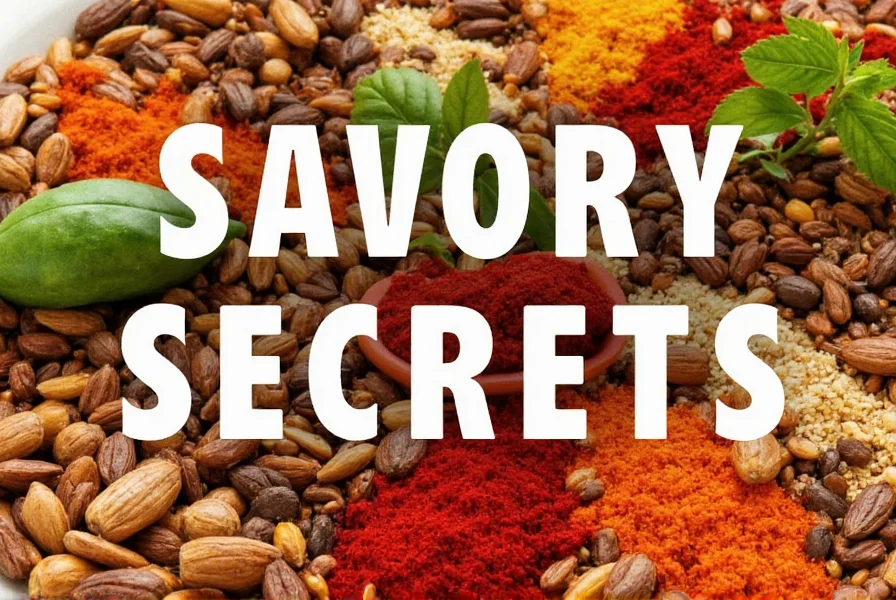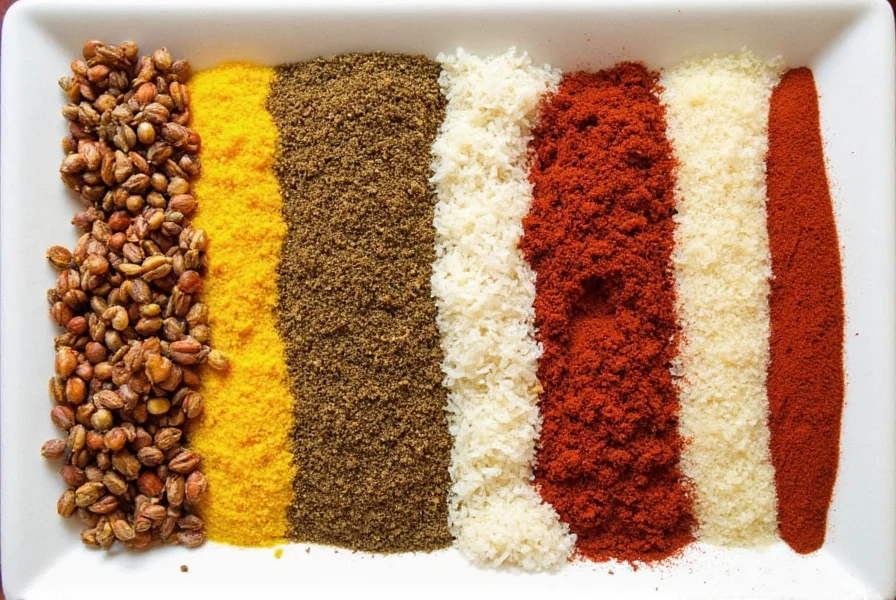Table of Contents
- Introduction: The Spice Palette of Latin America
- Top 10 Spices That Define Latin American Cuisine
- Spice Variations Across Latin American Regions
- How to Use These Spices Like a Pro
- Buying Guide: Where to Find Authentic Spices
- Conclusion: Elevate Your Kitchen with Latin Flavors
Introduction: The Spice Palette of Latin America
If you've ever bitten into a plate of tamales, tacos al pastor, or a rich mole sauce and thought, “Wow, what gives this dish such depth?”—you're not alone. Latin American food is as diverse as its people, landscapes, and histories. But one constant across nearly every dish? The magic of spices.
From the Andes to the Caribbean, each region brings its own unique twist to flavor, often rooted in indigenous traditions and colonial influences. In this article, we'll dive deep into the most iconic spices used across Latin America, how to use them like a pro, and where to find them. Whether you're an amateur cook or a seasoned chef, there’s something here to spice up your next meal.
Top 10 Spices That Define Latin American Cuisine
Let’s explore the aromatic heroes of Latin American cooking—spices that transform simple ingredients into unforgettable meals.
- Cumin (Comino): The backbone of many Latin dishes, cumin adds warmth and earthiness.
- Achiote (Annatto): Known for its vibrant red color and nutty-peppery flavor.
- Paprika: Adds sweetness and a touch of heat, especially in Mexican and Peruvian dishes.
- Oregano: Often used in marinades and stews, but it's not the Mediterranean kind—it's stronger and more pungent.
- Garlic Powder: A staple in salsas, moles, and grilled meats.
- Chili Powders (Ancho, Guajillo, Pasilla): Essential for sauces, rubs, and soups.
- Coriander/Cilantro Seeds: Used whole or ground, offering citrusy and floral notes.
- Nutmeg: A surprise player in some traditional meat dishes and desserts.
- Black Pepper: More than just salt and pepper—it’s essential for balancing flavors.
- Cinnamon: Not just for sweet treats—used in savory dishes too, especially in mole sauces.

Spice Variations Across Latin American Regions
What makes Latin American cuisine so fascinating is how each country—and even regions within those countries—have developed their own spice profiles based on local ingredients and cultural influences. Let's take a quick tour:
| Region | Signature Spice | Dishes They Enhance | Flavor Profile |
|---|---|---|---|
| Mexico | Chiles (Guajillo, Ancho), Cumin, Cinnamon | Mole, Tacos al Pastor, Pozole | Earthy, Smoky, Sweet Heat |
| Peru | Aji Amarillo, Cumin, Paprika | Lomo Saltado, Ceviche Marinade | Fruity Heat with Herbaceous Notes |
| Colombia | Cumin, Oregano, Garlic | Bandeja Paisa, Tamales | Robust, Earthy, Salty-Sweet |
| Argentina | Smoked Paprika, Black Pepper, Parsley | Asado Seasoning, Chimichurri | Smoky, Herbaceous, Tangy |
| Caribbean (Cuba, Dominican Republic) | Adobo Seasoning, Annatto, Citrus Zest | Lechon Asado, Mojo Sauce | Savory, Bright, Slightly Bitter |

How to Use These Spices Like a Pro
Now that you know which spices dominate Latin American cuisines, let’s talk about how to use them effectively. Here are some practical tips to help you master the art of seasoning:
- Toast Dry Spices First: Toasting spices like cumin, coriander, or annatto in a dry skillet enhances their aroma and depth. Be careful not to burn them!
- Use Fresh Ground Versions When Possible: Whole spices retain flavor longer. Grind small batches as needed for maximum impact.
- Layer Flavors: Start with aromatics like onions and garlic, then layer in spices before adding liquids or proteins.
- Balance Sweetness and Heat: Many Latin dishes balance heat with sweetness. Try pairing cinnamon with chilies in your next stew.
- Create Signature Blends: Make your own adobo, recado, or chili powder blends tailored to your taste.
- Experiment with Rubs: Combine achiote, paprika, garlic, and orange zest for a killer pork rub perfect for slow roasting.
Buying Guide: Where to Find Authentic Spices
Ready to stock your pantry with authentic Latin American spices? Here’s a guide to finding quality products that will make your dishes sing:
| Product | Features | Advantages | Best For | Occasions |
|---|---|---|---|---|
| MexGrocer Achiote Paste | 100% natural, no preservatives | Perfect for Yucatecan cochinita pibil | Marinating meats | Barbecues, festive dinners |
| La Costeña Chile Guajillo Pack | Dried, whole chiles, imported from Mexico | Ideal for making homemade mole or salsas | Homemade sauces | Holiday meals, taco nights |
| McCormick Gourmet Organic Cumin | Organic, non-GMO certified | Rich, earthy flavor without bitterness | Tacos, beans, soups | Weeknight dinners, meal prep |
| Casa de Spice Adobo Blend | Contains oregano, garlic, vinegar blend | All-in-one seasoning for Puerto Rican and Cuban dishes | Meat rubs, rice dishes | Quick weeknight meals, grilling |
| Frontier Co-op Aji Amarillo Powder | Freeze-dried, gluten-free | Brings authentic Peruvian flavor to any dish | Ceviche, stews, stir-fries | Dinner parties, fusion recipes |
Conclusion: Elevate Your Kitchen with Latin Flavors
Latin American food isn’t just about bold flavors—it’s about heritage, creativity, and heart. With the right spices in your pantry, you can bring that same vibrancy into your own kitchen. Whether you’re hosting a dinner party or spicing up your lunch routine, these spices offer endless possibilities.
So go ahead, experiment with different combinations, toast some cumin, grind fresh chilies, and don't be afraid to play with color and heat. Because when it comes to Latin flavors, the journey is just as delicious as the destination.











 浙公网安备
33010002000092号
浙公网安备
33010002000092号 浙B2-20120091-4
浙B2-20120091-4